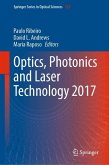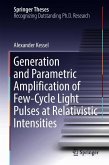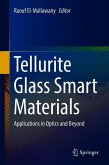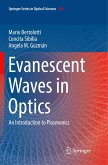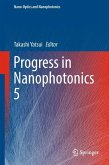This thesis presents first successful experiments to carrier-envelope-phase stabilize a high-power mode-locked thin-disk oscillator and to compress the pulses emitted from this laser to durations of only a few-optical cycles. Moreover, the monograph introduces several methods to achieve power-scalability of compression and stabilization techniques. All experimental approaches are compared in detail and may serve as a guideline for developing high-power waveform controlled, few-cycle light sources which offer tremendous potential to exploit extreme nonlinear optical effects at unprecedentedly high repetition rates and to establish table-top infrared light sources with a unique combination of brilliance and bandwidth. As an example, the realization of a multi-Watt, multi-octave spanning, mid-infrared femtosecond source is described. The thesis starts with a basic introduction to the field of ultrafast laser oscillators. It subsequently presents additional details of previously published research results and establishes a connection between them. It therefore addresses both newcomers to, and experts in the field of high-power ultrafast laser development.


